Perfect Weekend Getaway Plan for the History Lover
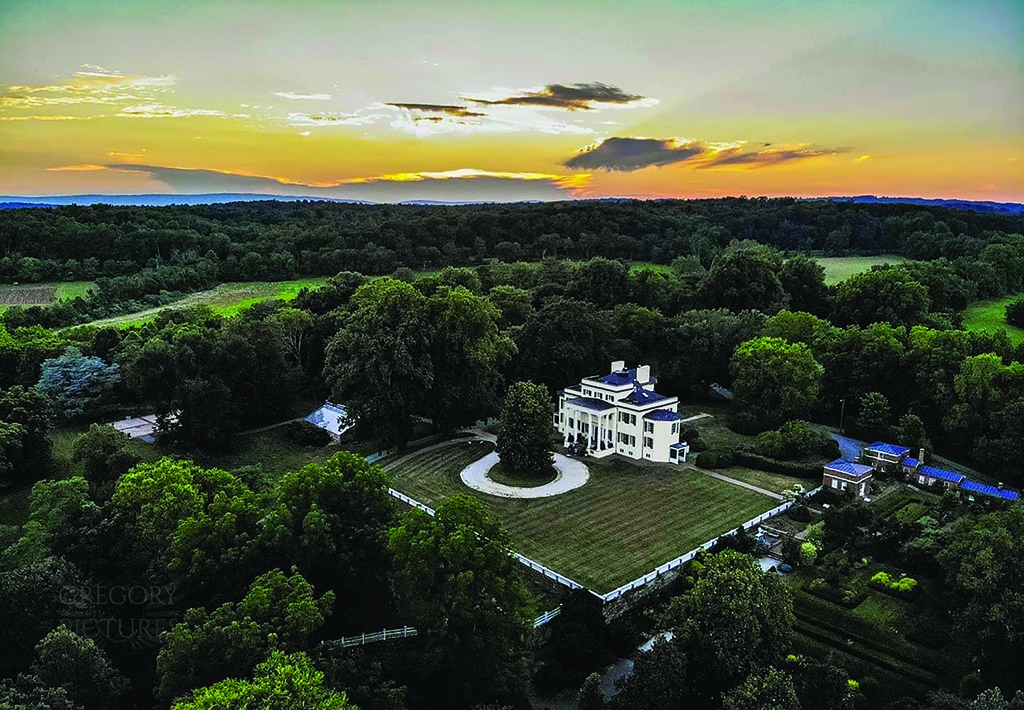
Story by Kailey Cheng
As the warm, fleeting days of summer come to an end, take one last adventure with your family or loved ones and visit these historic sites in and around Middleburg.
From hip and historic Leesburg, to the beloved hunt and wine country of Middleburg, to the rolling hills of Paris, this weekend getaway is ideal for any history lover. Experience, dine at, and stay in historic properties dating as far back as the early 1700s.
Oatlands Historic House and Gardens – Leesburg
Start your getaway in historic Leesburg at the Oatlands Historic House and Gardens. These 3,408 acres of Virginia farmland were inherited by George Carter in 1798, who created a successful plantation through the slave economy. When Carter died in 1846, Elizabeth O. Carter continued work on the plantation, keeping a diary that included references to Oatlands’ slaved people. These detailed entries allowed for a glimpse into life during and after the Civil War. This National Historic Landmark comprises the iconic two-story columned portico mansion, smokehouse, barn, carriage house, schoolhouse, greenhouse, and garden. Currently, Oatlands is open for property, enslaved community, and garden tours.
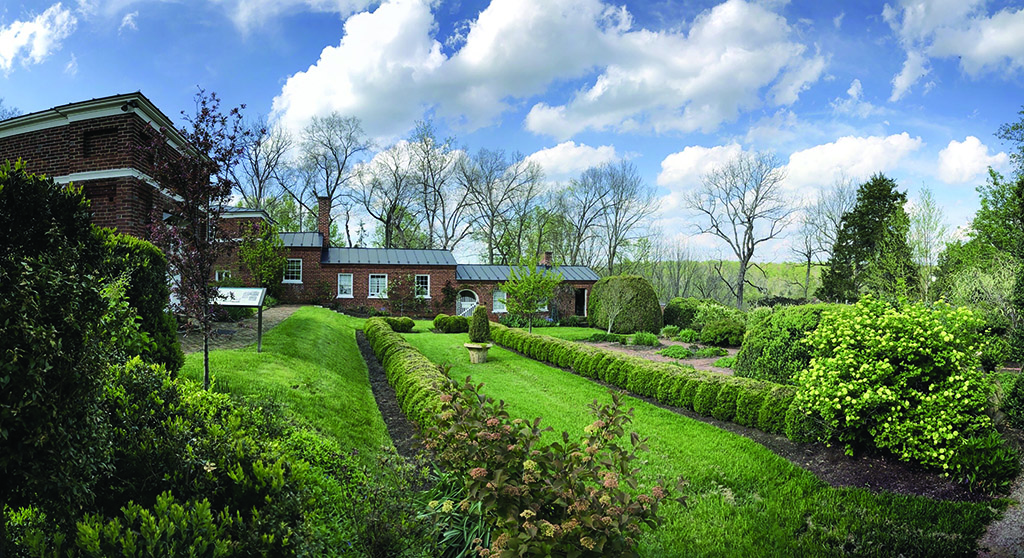

Oatlands Historic House and Gardens, photos courtesy of Oatlands
Tuscarora Mill Restaurant – Leesburg
Take a lunch break at Tuscarora Mill Restaurant — nicknamed “Tuskies” by locals — in Leesburg’s picturesque historic downtown. Named for the Indigenous American tribe of the Carolinas that once dwelled in Leesburg, the property was operated by William Jenkins and was intended to be a grain mill in 1899. It eventually became an old-time general store that sold seed and farm machinery, also functioning as a meeting place for farmers, businessmen, and politicians. In 1985, the property became the award-winning restaurant locals know and love today, serving American fare and Virginia wines. Inside the building, timbers, belts, pulleys, and scales were left in place to reserve the remarkable architecture of the original mill.
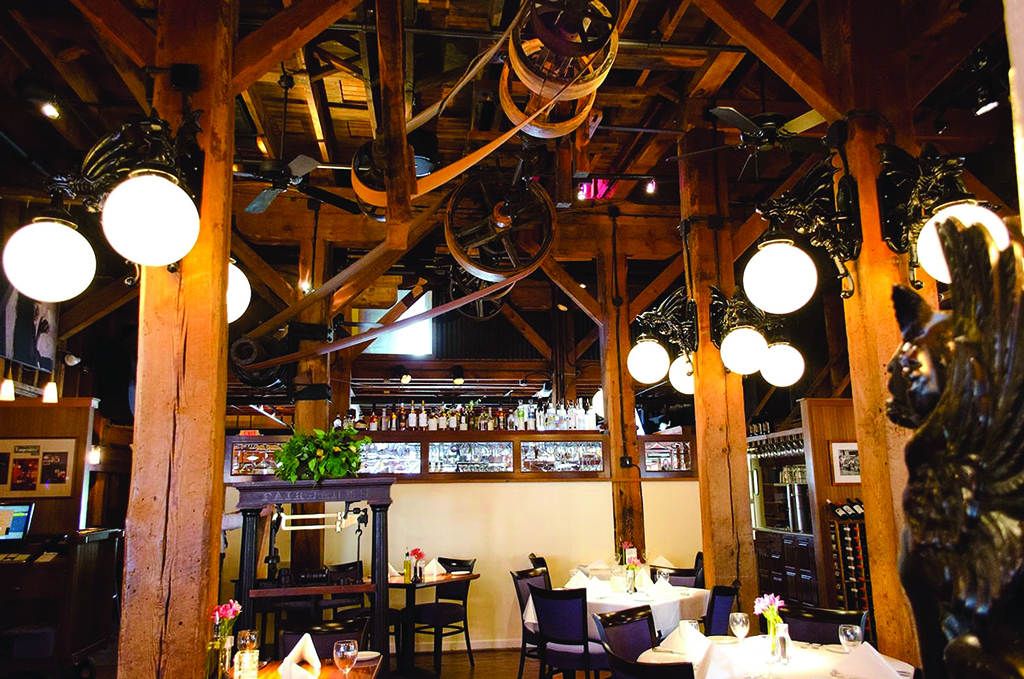
Tuscarora Mill Restaurant. Photo by Suemedha Sood.
Aldie Mill Historic Park – Aldie
Travel south to Aldie to experience this 200-year-old grist mill — the largest of its kind in Loudon County’s industrial history. The mill, a four-story brick building with Virginia’s only tandem medal waterwheels, was built from 1807-1809 by William Cooke for legislator Charles Fenton Mercer. It included a merchant mill, country mill, and granary. Farmers relied on the mill for their livelihoods; their refined products were sold at Alexandria and shipped to Europe. Out of a number of noteworthy visitors was President James Monroe, who held his grain ground at Aldie Mill. Free tours are available.
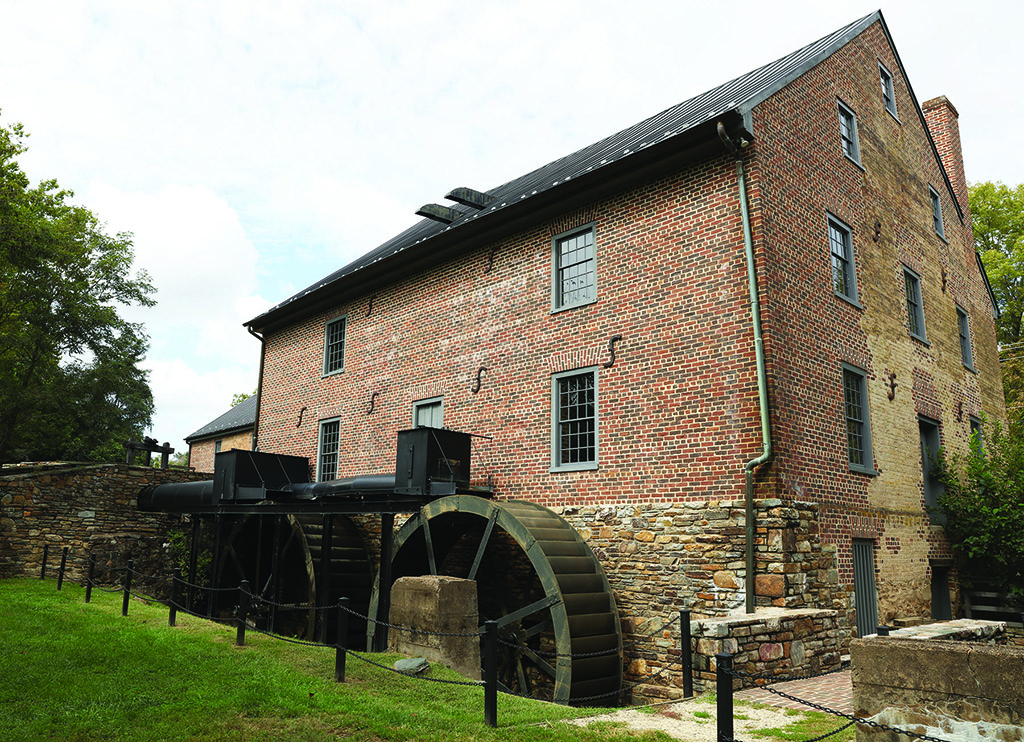
Aldie Mill. Photo courtesy of NOVA Parks.
Chapman Beverly Mill – Broad Run
Drive down to Broad Run and you’ll find another grist mill about half a century older than Aldie Mill. Chapman Mill (also known as Beverly Mill) was built in 1742. This grist mill — now in the form of ruins — ground corn and flour for seven years, through the French and Indian War to World War II. Like Aldie Mill, products from Chapman Mill were transferred to Alexandria, allowing for steady business for over a century. In the mid-19th century, a railroad was built by the mill and business grew faster than ever before. During its 200 years of operation, it was set on fire twice. The first time was during the Civil War, when the mill developed a meat curing operation for Confederate troops. Once Union troops pushed closer into Virginia, the Confederates left the mill, burning it to keep the Union Army from advancing. The second time was in 1998 by trespassers, but it’s currently structurally stabilized for visitors.
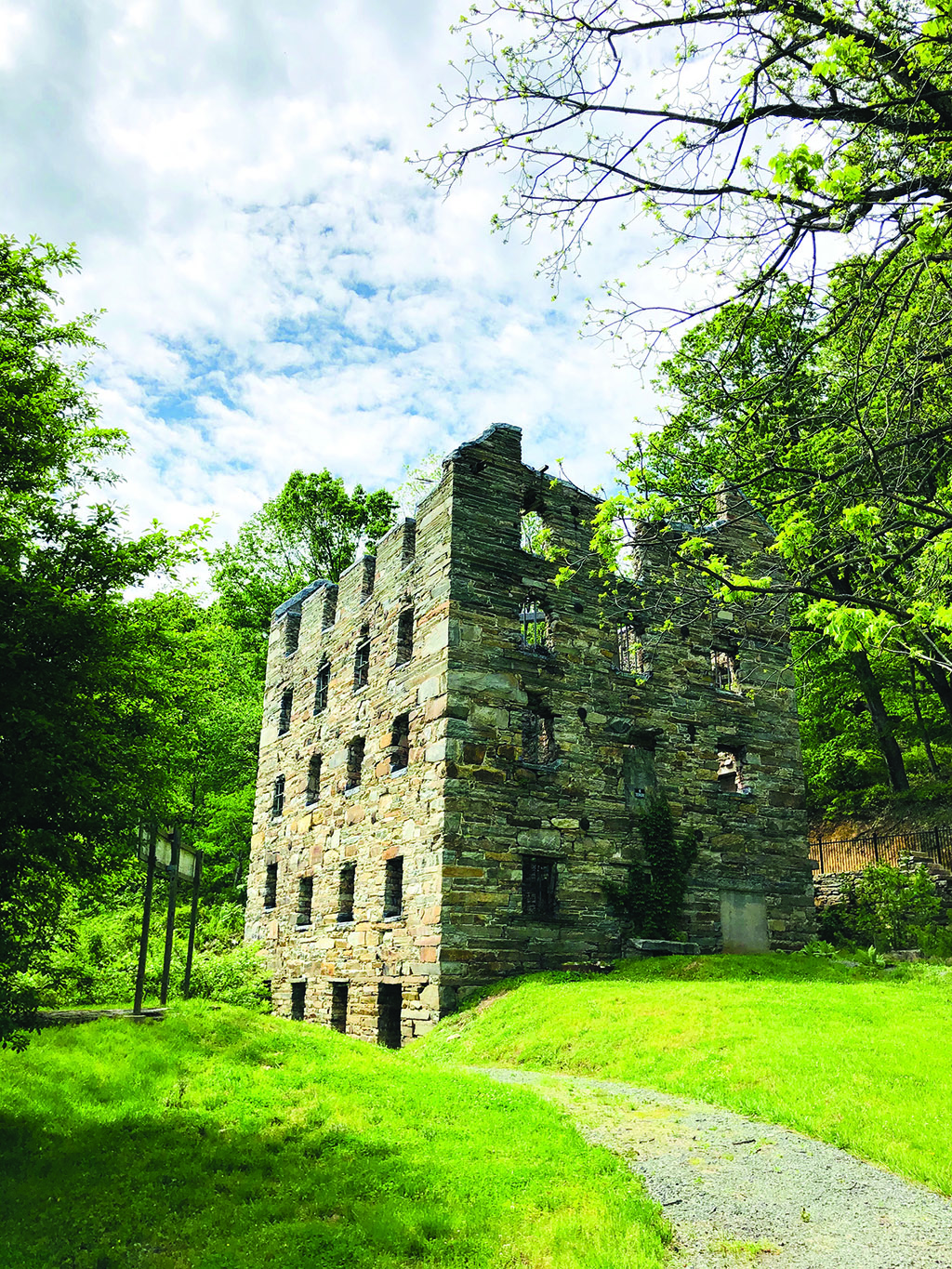
Chapman Beverly Mill. Photo by August Currier.
Red Fox Inn & Tavern – Middleburg
Enjoy fine al fresco dining and an overnight stay at the Red Fox Inn & Tavern, a location that’s lived through both the American Revolution and Civil War. Since 1728, remarkable politicians, authors, musicians, and celebrities have visited Red Fox, including George Washington, President John F. Kennedy, Ambassador Pamela Harriman, U.S. Senator John Warner, and even actor Tom Cruise. It was called “Chinn’s Ordinary” in 1728, the “Beveridge House” in 1812, “Middleburg Inn” in 1887, and finally “Red Fox” in 1937 — named after Middleburg’s reputation for fox hunting. It’s been owned by three generations of the Reuter family, preserving Middleburg’s historic charm for four decades.
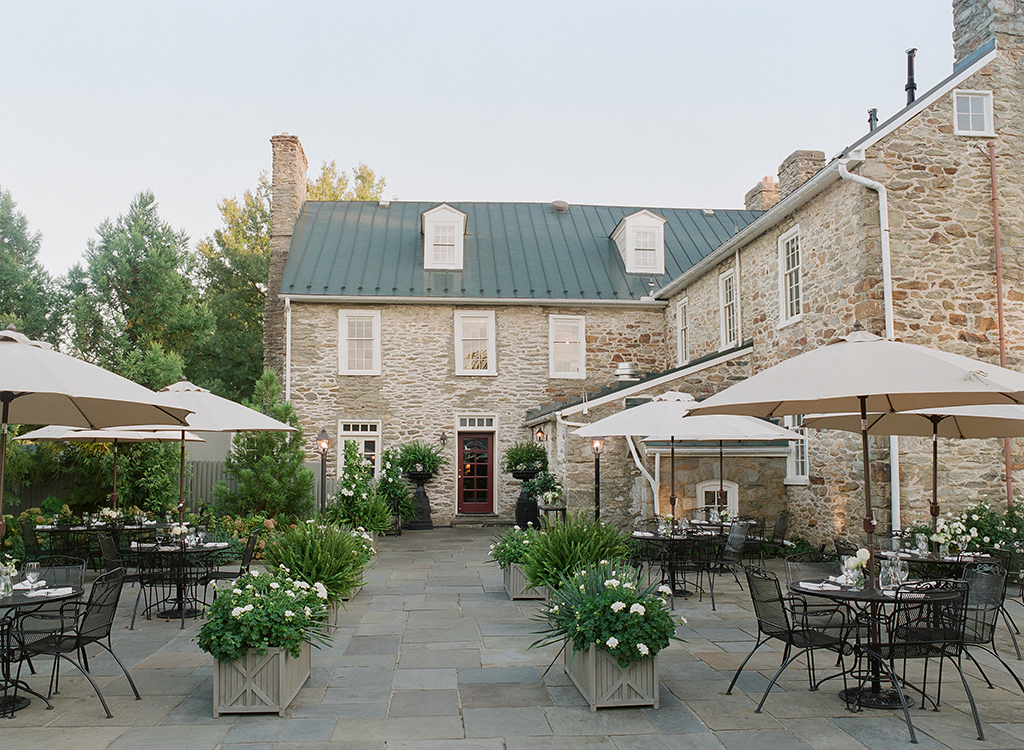
Photo by Jodi Kurt Photography.
Hunter’s Head Tavern – Upperville
Indulge in an old-fashioned Sunday brunch and gastropub fare with local meats and produce at Hunter’s Head Tavern, a traditional English pub built in 1750 in Upperville — just down the road west from Middleburg. In 1750, it was called “The Old Carr House,” a log cabin built by Scotsman Steven McPherson. The menu features fresh meats and produce from Ayrshire Farm, on-tap beers, and local or imported wines. Experience old-world décor in this colonial-era house and vast patio seating.
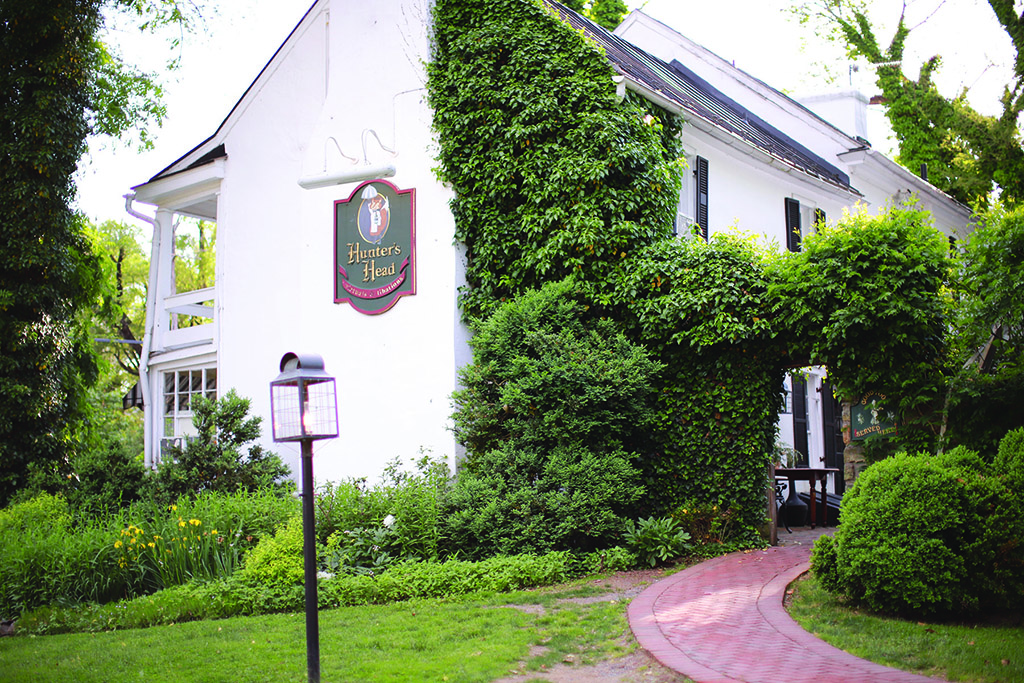
Hunter’s Head Tavern. Photo by Jennifer Gray.
Further down the road is the historic Caleb Rector House, built in 1801 with field stone and beams, and was owned by Caleb and Mary Ann Rector during the Civil War. Here, John Singleton Mosby formed the 43rd Battalion Virginia Cavalry and Confederate cavalry commander J.E.B. Stuart called it his headquarters during the Gettysburg Campaign. In 2016, renovations were made to the home, including a series of historical panels that showcase the chronology of the land. Take a walk through the historic parlor, beginning with Native American settlement, to the Civil War, to the Cold War and present. The renovations have also preserved architectural details that add to the narrative of the historical construction and use of the house.
The Ashby Inn & Restaurant – Paris
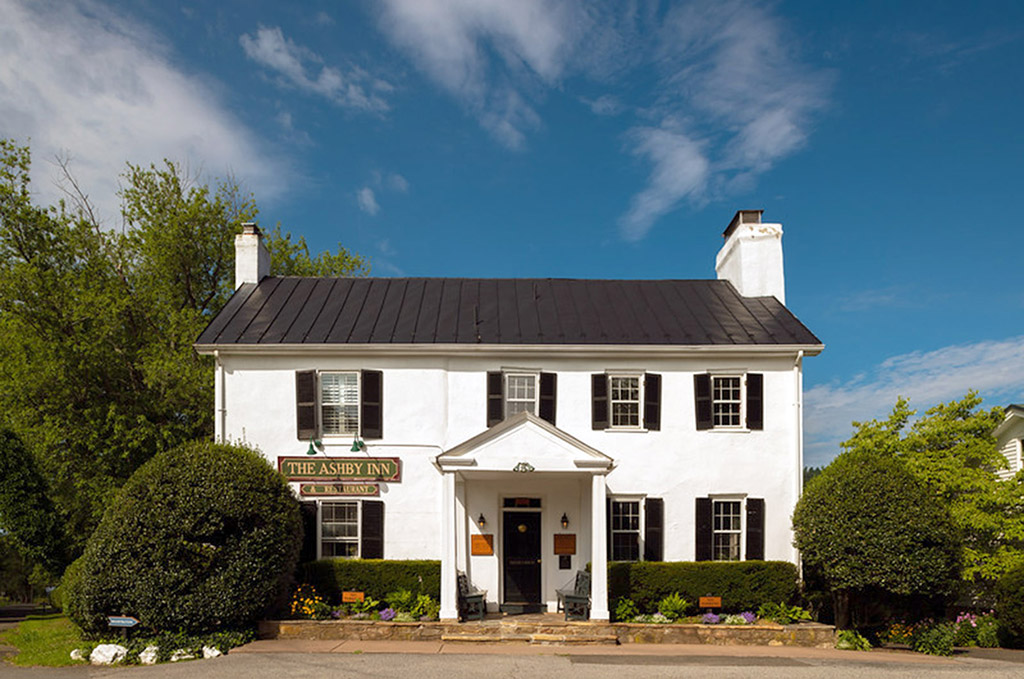
Ashby Inn. Photo by Christian Giannelli Photography.
Finish your weekend getaway at The Ashby Inn & Restaurant for an award-winning, farm-to-table dining experience. Menus are seasonal, and ingredients are locally sourced from sustainable operations; each meal is inspired from the inn’s own gardens. In 1829, blacksmith Manley Pierce built the Ashby Inn as a four-room private residence. Confederates Stonewall Jackson and Joseph E. Johnston slept on Ashby Inn’s front porch prior to the First Battle of Manassas in 1861. In 1940, Norman and Marie Ashby purchased the rectory as their private residence until 1980 when Norman died. John and Roma Sherman purchased the property in 1984 and opened the inn and restaurant. ML
This article was first published in the August 2020 issue of Middleburg Life.


